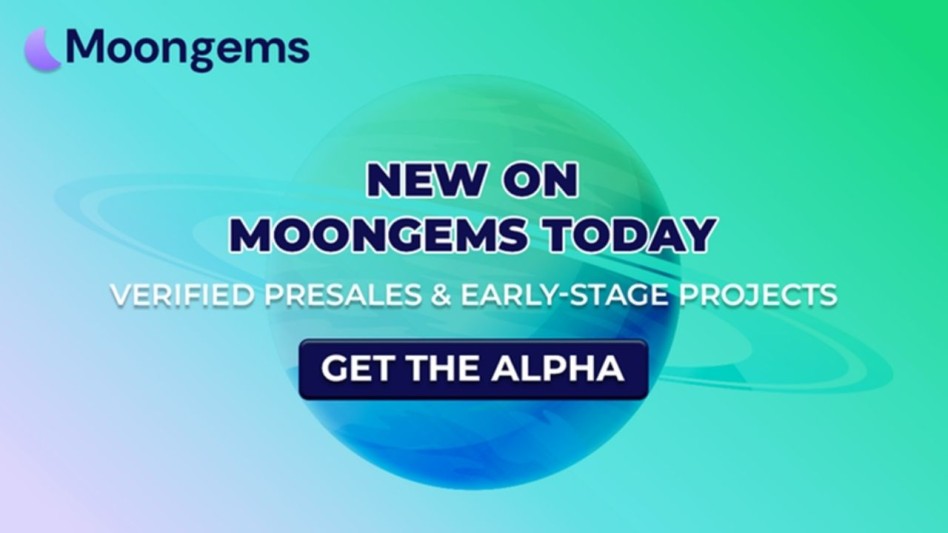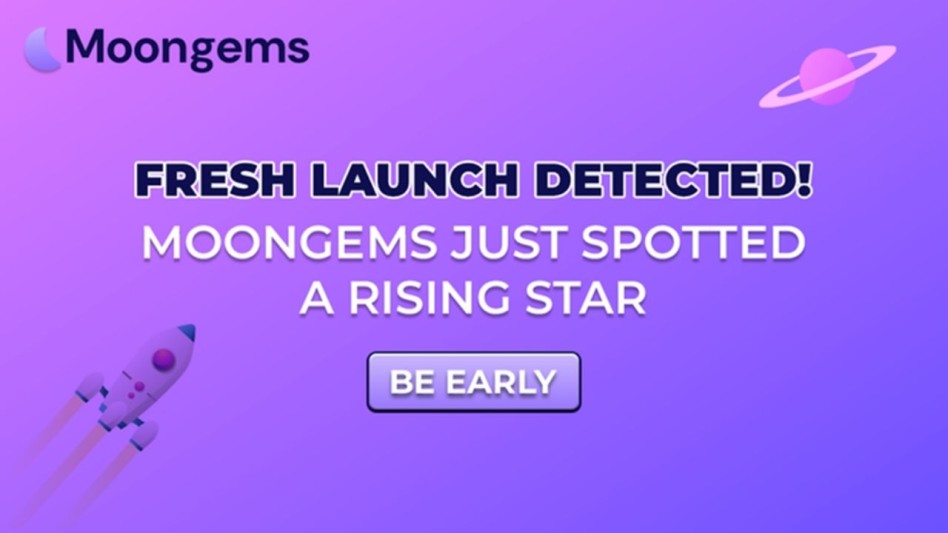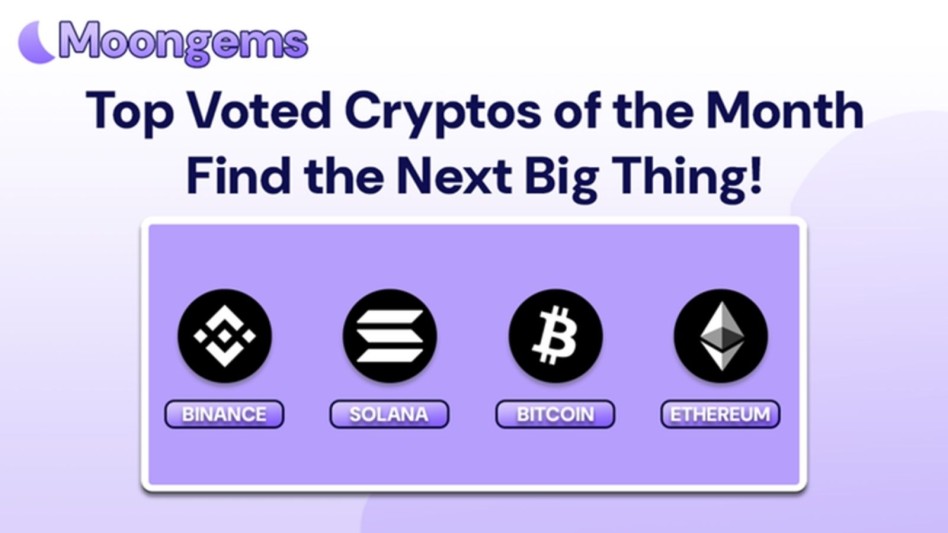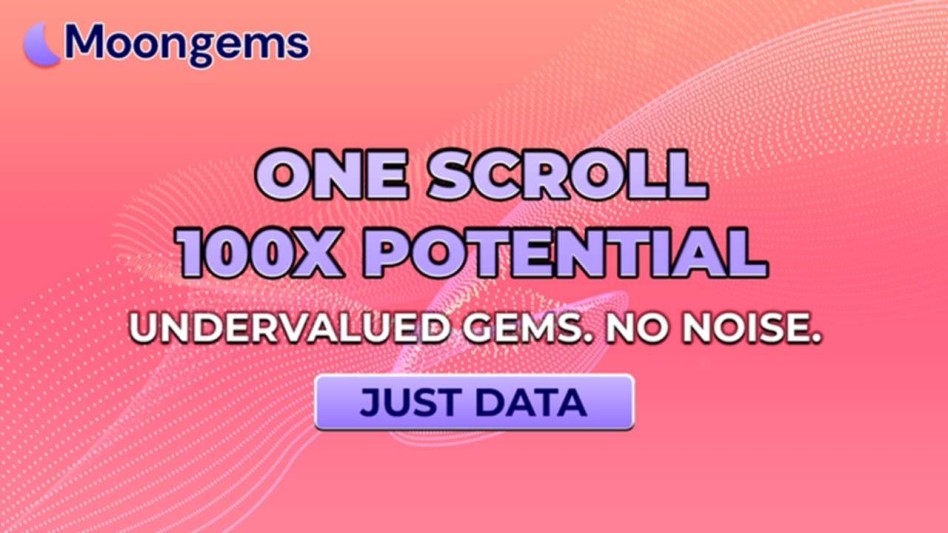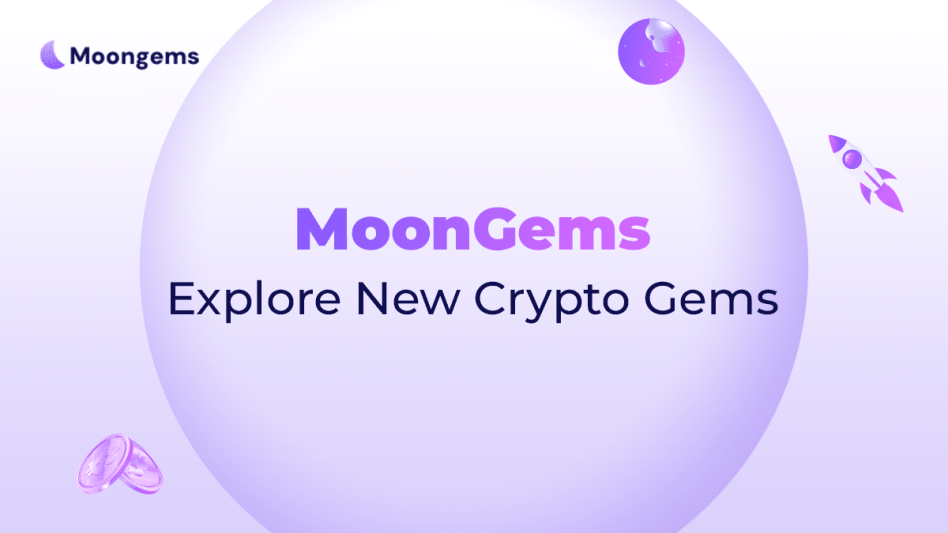Author: Jawad Hussain – Crypto Analyst & Web3 Researcher | 9+ years tracking presales, IDOs, and token launches. Follow him on Twitter
When it comes to cryptocurrency investments, one term distinguishes hype from fundamentals: tokenomics.
Short for “token economics,” tokenomics encompasses everything related to the creation, distribution, and utilization of a crypto token within its ecosystem. Whether you're considering a meme coin, a DeFi protocol, or a GameFi project, understanding tokenomics can be the difference between a smart investment and a rug-pull regret.
This 2025 guide breaks down the essential concepts, structures, and tools you need to navigate tokenomics like a pro, even if you're just starting out.
Understanding Token Supply Types (Fixed, Inflationary, Deflationary)
One of the first things any investor should look at in a crypto project is its token supply model. Why? Because the supply mechanics can tell you how scarce or inflationary a token is, which plays a massive role in determining its long-term value potential.
Fixed Supply
A fixed supply token has a hard cap, meaning no more tokens will ever be created once the maximum number has been minted. This scarcity can act like digital gold, driving up demand as supply remains limited. Bitcoin (BTC) is the most famous example, with a max supply of 21 million coins. This model is popular among investors seeking long-term price appreciation, particularly when combined with mechanisms such as burning, which further reduce the supply over time.
However, there's a trade-off. Projects with fixed supplies have limited flexibility when it comes to rewarding new users or incentivizing future growth. Also, early investors might hold a disproportionate amount, creating a concentration risk.
Inflationary Tokens
On the other end of the spectrum are inflationary tokens, which have no strict cap and continue to mint new tokens over time. These are often used to reward staking, mining, or participation in the ecosystem. Ethereum (pre-EIP-1559) and Dogecoin (DOGE) are classic examples.
While inflation might sound bad, it isn’t always. If managed well, inflationary tokens can support the network’s health by encouraging ongoing participation and decentralization. The danger arises when token issuance outpaces demand, leading to dilution and downward price pressure.
Deflationary Tokens
Deflationary tokens are designed to reduce their supply over time, typically through mechanisms such as burns or buybacks. Tokens like SHIB and SAFE use deflationary logic to increase scarcity, creating a psychological incentive for holders to “HODL” rather than sell.
Still, burning alone won’t save a bad project. Deflation works best when combined with real utility and a healthy community.
Key takeaway: Always study the supply type to understand how token scarcity (or abundance) may impact long-term value.
Token Utility: What Is the Token Actually For?
Even if a token has great supply mechanics, it still needs a reason to exist. That’s where token utility comes in. In simple terms, utility refers to how the token is actually used within the ecosystem, beyond just speculation. Strong utility drives real demand and creates long-term holders rather than short-term flippers.
Let’s break down the four most common types of token utility in 2025:
Governance
Governance tokens give holders a voice in the project’s future. This can include voting on proposals, changes to tokenomics, or how the project’s treasury is spent. It’s a core feature in decentralized projects, such as DAOs.
Projects with active, transparent governance often attract serious investors who want to influence development and protect their stake.
Example: Holding $UNI lets you vote on Uniswap protocol changes.
Access or Gatekeeping
Some tokens serve as access passes, granting holders entry to exclusive features, tools, content, or private sales. These are especially common in GameFi, launchpads, and metaverse ecosystems.
They can be used to unlock premium features, get whitelist spots, or access early NFT drops.
Example: Holding $DAO tokens may allow you to participate in private token sales or alpha groups.
Staking & Rewards
Many tokens offer staking, where you lock your tokens for a period to earn passive rewards. Rewards can come in the form of new tokens, a share of platform fees, or other incentives.
However, beware: some projects offer sky-high APYs that are not backed by real revenue, but rather by inflation.
Example: Staking $ATOM earns you more tokens and helps secure the Cosmos network.
Payments & Transactions
Some tokens are used as a medium of exchange within their respective ecosystems — for paying fees, tipping creators, or facilitating transactions between users.
However, without broad adoption, payment-only tokens often struggle to maintain demand.
Example: $MATIC is used to pay gas fees on the Polygon network.
Key takeaway: Always ask yourself: Why would someone buy or hold this token beyond speculation?
Vesting Schedules & Lockups Explained
One of the most overlooked yet critical aspects of tokenomics is the vesting schedule. This refers to the process and timing of releasing tokens to insiders, such as team members, advisors, and early investors. If you’ve ever seen a chart dump right after launch, poor vesting is often the reason.
Vesting schedules are designed to prevent massive sell-offs by locking tokens for a period and releasing them gradually over time. This builds trust and encourages long-term alignment.
Here’s what you need to know about the key vesting components:
Cliff Period
A cliff is the initial time during which no tokens are released. For example, a 6-month cliff means the team or investors won’t receive any tokens for the first six months after launch.
This discourages early contributors from abandoning their contributions immediately and signals a long-term commitment.
Linear Vesting
After the cliff, tokens are often released gradually, a process known as linear vesting. For example, if an investor has 10% of the supply with a 12-month vesting period, a portion of that will unlock each month.
Linear vesting smooths out selling pressure, creating a more stable market environment.
TGE (Token Generation Event) Unlock
Some projects allow a portion of tokens to be released immediately upon launch, known as TGE unlock. Common TGE unlocks range from 5% to 20%, depending on the project.
Too much at TGE? Watch out — early investors may dump on retail buyers.
Why It Matters
If a huge percentage of tokens are set to unlock shortly after launch, you’re likely walking into a sell wall. Savvy investors look at unlock schedules to avoid becoming exit liquidity.
Pro tip: Use tools like TokenUnlocks or MoonGems’ Launchpad Analyzer to check upcoming token unlocks before making an investment.
Key takeaway: A good project rewards patience. Avoid those that give away the entire supply within months.
Circulating Supply vs Total Supply: What You Must Know
One of the most misunderstood — yet crucial — metrics in crypto is the distinction between circulating supply, total supply, and maximum supply. These numbers directly affect a token’s market cap, price, and future price potential. If you ignore them, you may be overpaying significantly.
Let’s break it down in simple terms:
Circulating Supply
This is the number of tokens currently available for trading or use on the market. It excludes any locked, staked, or vested tokens that haven’t been released yet.
For example, if a project has 1 billion tokens in total, but only 50 million are circulating, the market is currently pricing that at 5%.
Total Supply
The total supply comprises all tokens that have been created, including both circulating and locked or reserved tokens. It provides a comprehensive view of the full token economy, even though large portions are still unreleased.
This matters because once those tokens start unlocking, they can create sell pressure and dilute your position.
Max Supply
Not every project has one, but max supply is the absolute cap on how many tokens will ever exist. Bitcoin has a max supply of 21 million, which fuels its scarcity narrative.
Tokens without a max supply may be inflationary, which isn’t always bad, but it needs to be controlled.
Why It Affects Price
Price = Market Cap / Circulating Supply
If the circulating supply is small, the price may appear high, but as more tokens unlock, the price could drop significantly unless new demand enters the market. This is how many projects crash months after launch.
Example: A $1 token with only 5% of supply in circulation might fall as the other 95% hits the market.
Key takeaway: Always check how much of the total token supply is currently circulating, and when the rest will unlock.
Conclusion: Tokenomics Is Your Crypto Investment Superpower
In a market full of hype, meme coins, and FOMO-fueled moonshots, tokenomics is your most powerful tool for separating signal from noise. It’s not just about whether a token is popular today — it’s about whether it’s built to survive and thrive tomorrow.
By understanding supply types (fixed, inflationary, deflationary), real-world utility, vesting schedules, and token distribution, you’re giving yourself a serious edge. These are the core fundamentals that determine whether a token has long-term value or is just another flash in the pan. Think of tokenomics as the engine behind a project — if it’s broken, the whole car eventually stalls, no matter how shiny it looks.
As we move deeper into 2025, smart investors are no longer chasing hype blindly. They’re analyzing unlock timelines, checking for real utility, and looking at whether a project can sustain itself, not just survive a bull run. The truth is, tokenomics doesn’t lie. If the supply is skewed, the unlocks are stacked against you, and the token has no real use case — that’s not an investment. That’s a gamble.
Glossary of Key Tokenomics Terms
If you’re new to crypto, it’s easy to get overwhelmed by the jargon. So here’s a quick and clear glossary of the most important tokenomics terms every investor should know in 2025. Bookmark this — it’ll come in handy!
Tokenomics
Short for token economics, this refers to the structure, logic, and rules that govern how a crypto token is distributed, used, and valued. Think of it as the business model behind the token.
TGE (Token Generation Event)
The Token Generation Event is the moment a token is officially launched and made available to the public or investors. It’s when tokens are minted and distribution begins.
Cliff
A cliff is the initial lock-up period where no tokens are released. Common in vesting schedules, cliffs prevent early team or investor dumps right after launch.
Linear Vesting
A method of gradually releasing tokens over a set period of time. It ensures tokens are unlocked in regular intervals, rather than all at once.
Staking
Staking means locking up your tokens to earn rewards, secure a network, or participate in governance. Rewards can include interest, new tokens, or transaction fees.
Governance Token
These give holders voting power over project decisions — from upgrades to treasury use. They’re essential in decentralized autonomous organizations (DAOs).
Utility Token
A token used for specific functions within a project, like accessing tools, games, or premium features. Utility gives the token real use beyond speculation.
Inflationary
A token model where new tokens are continuously minted. Used to reward users and grow the network, but too much inflation can dilute value.
Deflationary
A token model where supply is reduced over time, usually through burns or buybacks. Increases scarcity, but only works when paired with strong demand.
Circulating Supply
The number of tokens that are actively trading or usable right now. Important for calculating realistic market cap and price action.
Total Supply
All tokens that have been created, including both circulating and locked/vested tokens.
Max Supply
The absolute cap on how many tokens will ever exist. A fixed max supply creates scarcity, which can drive price over time.
FAQs About Tokenomics in 2025
- What is tokenomics in crypto, and why does it matter?
Tokenomics is the blueprint behind a token, explaining how tokens are created, distributed, used, and controlled. It’s like the business plan for how the token grows in value and stays sustainable. Strong tokenomics = long-term potential. Weak tokenomics = hype followed by a dump.
- What’s a good vesting schedule?
Good vesting schedules include a cliff (e.g., 3–6 months) to prevent early token dumping, followed by linear vesting (e.g., 12–48 months) to release the tokens gradually. Avoid projects where the team or investors receive most of their tokens at the TGE — it’s often a red flag.
- Is deflationary better than inflationary?
Not always. Deflationary models, such as token burns, reduce supply, which can increase scarcity and prices, but only if demand is genuine. Inflationary tokens can still succeed if inflation is used to grow the ecosystem sustainably, such as by rewarding users or validators.
- Can a token have more than one utility?
Absolutely. In fact, the best tokens typically serve multiple purposes, such as governance, staking rewards, access to exclusive tools, and payments. More use cases = more demand = more substantial token value.
- How do token unlocks affect price?
Big unlocks usually mean big selling pressure. If insiders or early investors are about to receive a large number of tokens, the price may drop. Always check unlock timelines before investing, especially in new launches or presales.
- What’s the difference between tokenomics and valuation?
Tokenomics is about the structure — specifically, how the token functions and what it is used for. Valuation is about how much the token is worth based on the current price and market cap. Solid tokenomics can support higher valuations, but they’re not the same thing.
- Are high staking APYs sustainable?
Not unless they’re backed by real revenue. Some projects offer 100%+ APY, but it’s often paid using newly minted tokens, which leads to inflation and long-term price drops. Sustainable APYs derive from real yield, such as platform fees or protocol profits.
Disclaimer:
This content is for informational purposes only and does not constitute financial advice. Always do your own research (DYOR) before investing in cryptocurrencies. Crypto assets are high-risk and volatile. Past performance is not indicative of future results.




